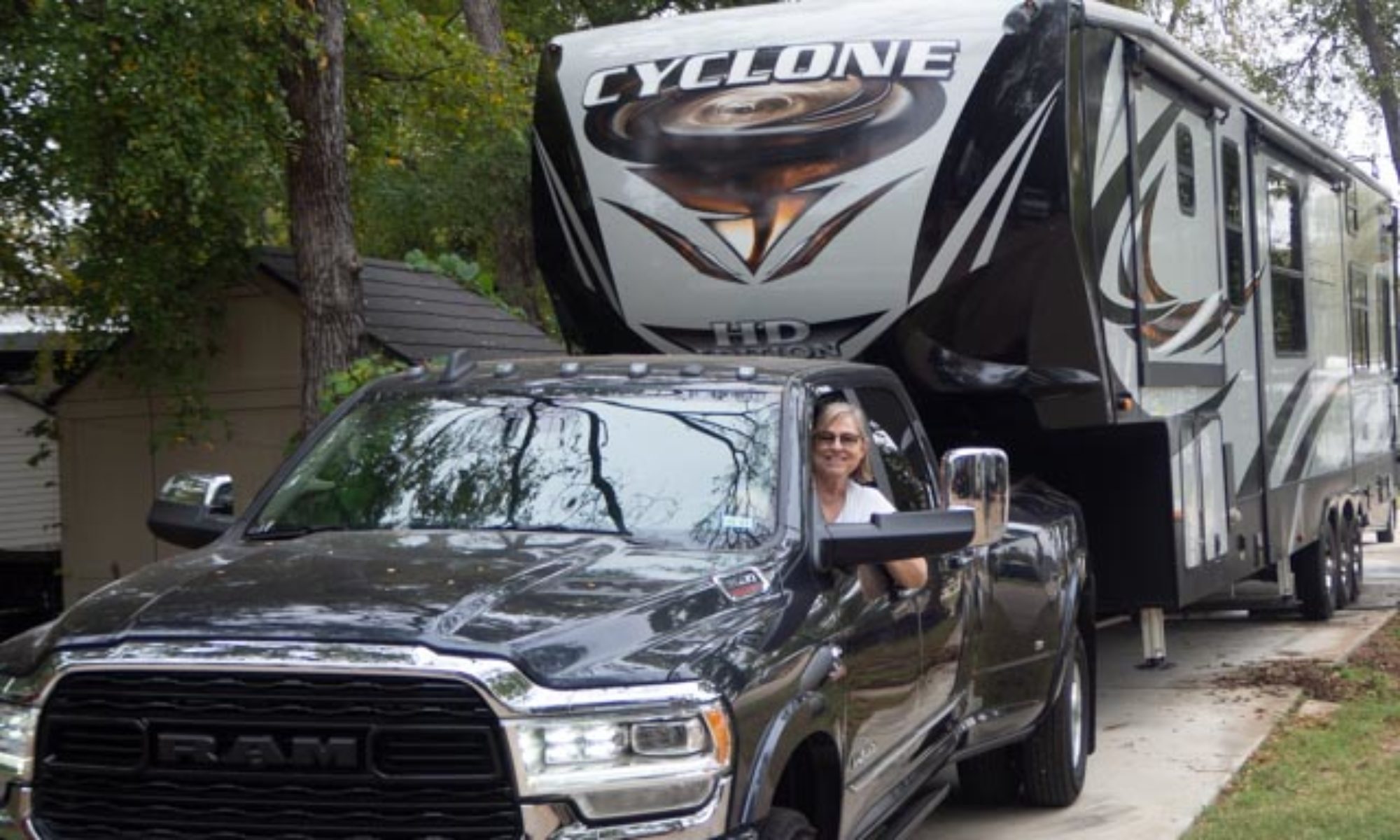I’ve been working for a couple years now to automate my RV using a combination of Particle.io Photon micro-controllers, an iOS app, and an Alexa skill. This has been fairly easy to do, due mostly to the ease of using the Particle.io API. Over the next year, in addition to adding additional functionality and more Photons, I hope to add Apple TV and Watch apps. This got me to thinking about how to make the system easier to configure and extend.
Since I’ve written all the software pieces myself (iOS app, Alexa skill, Particle sketches), up until now I’ve taken the expedient route of just hard coding the names of each controller into both of the apps. With only a single iOS app and Alexa smart home skill, this meant updating those two programs every time I added a new Photon, or extended one of the existing Photons. Not a big deal, albeit somewhat inconvenient.
However, recently I created an additional iOS app to allow using older iPhones to be mounted to the wall and used as control panels. Hard coding the names of the controllers into the apps means that I have to manually update each device whenever there is a micro-controller change. Now this is becoming a much bigger inconvenience.
So I’ve converted each micro-controller to be self registering with the system:
- Each Photon publishes several variables that list the device names it implements, in addition to what ‘events’ it listens for. These variables are exposed by the particle.io API and used by both the Alexa and iOS app to dynamically configure themselves.
- All applications use this information, instead of having to hardcode a list of commands.
- This functionality is built into a published IoT particle library, so copy/paste is minimized.
So now instead of needing to reprogram the Alexa skill and iOS control panel apps whenever I add a new controller, I just need to expose the data about that controller as described above, and all the applications pick it up.
I’ve posting the Photon and iOS code to Github, so please take a look and let me know what you think.

Hi Ron,
I’m enjoying your posts here. I’m a full time RVer and computer engineer, and just starting to play with some “home” automation. I’ve never worked with Particle, but am playing with NodeMCU at the moment, and trying to get some RGB strips working. One of my questions about the particle.io API is can it work when fully disconnected? Right now I’m boondocking in Arizona (Quartzsite) and while I have some internet via my phone, the house internet uplink is down (but local wifi is going). Will that still work in a disconnected state?
thanks, and looking forward to digging deeper into what you’re doing.
Jason.
Hi Jason, great question. The short answer is “no”. Particle.io needs a connection to the internet.
The longer answer is that there are several solutions. Perhaps the easiest solution, depending on your specific needs and situation, and the one that I currently use, is to have your phone’s hotspot use the same name as your home wireless. Then when you’re disconnected, power down your local hub and enable your phone hotspot. The IoT devices shouldn’t notice the difference, and will keep working. The bandwidth should be very low, so not a bandwidth concern.
Note however, that I’m not currently streaming any video cameras or other high bandwidth over my IoT network. Once I do, I’ll need to figure out how to provide those with a different network so I don’t bankrupt myself on phone data bandwidth.